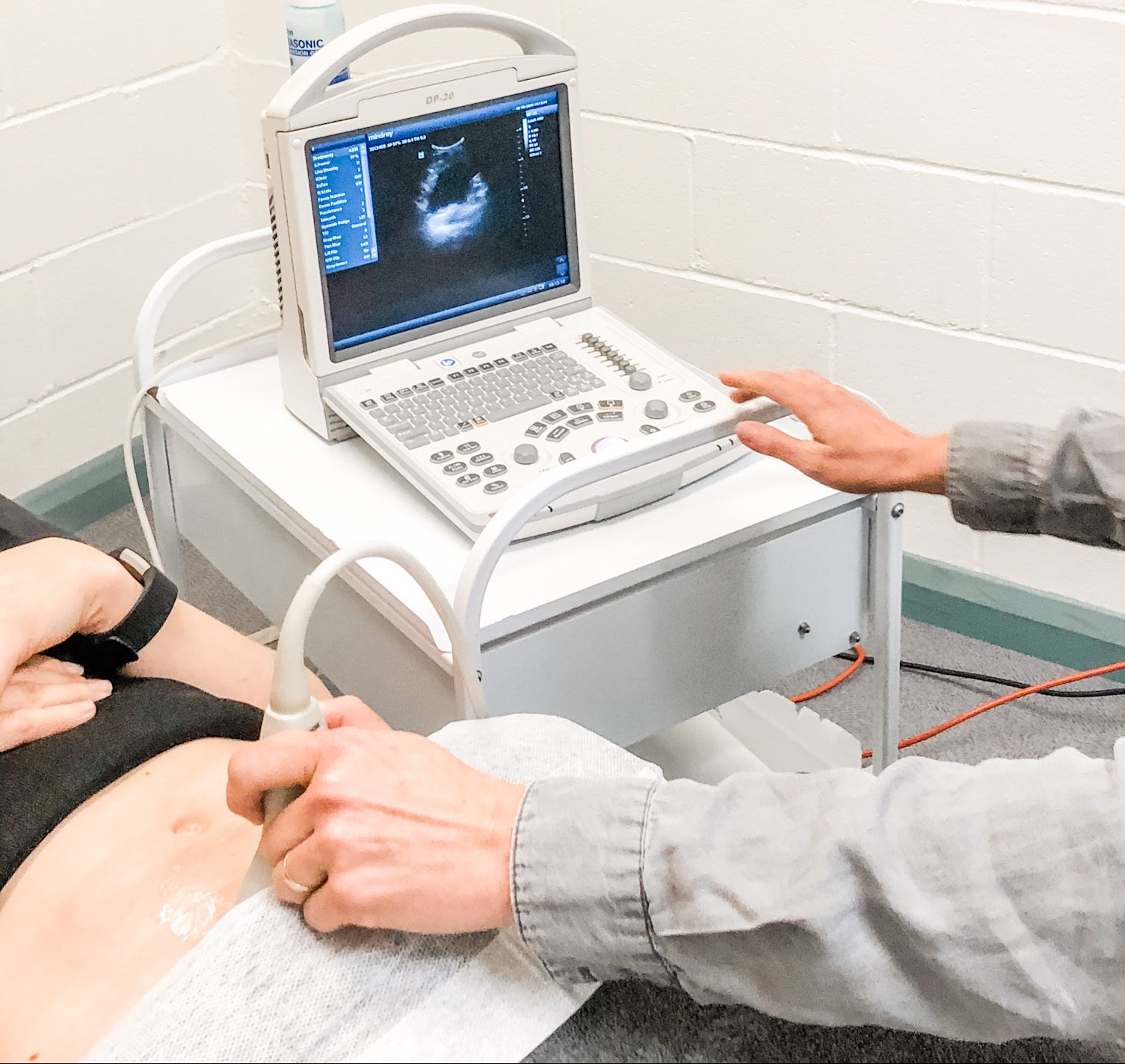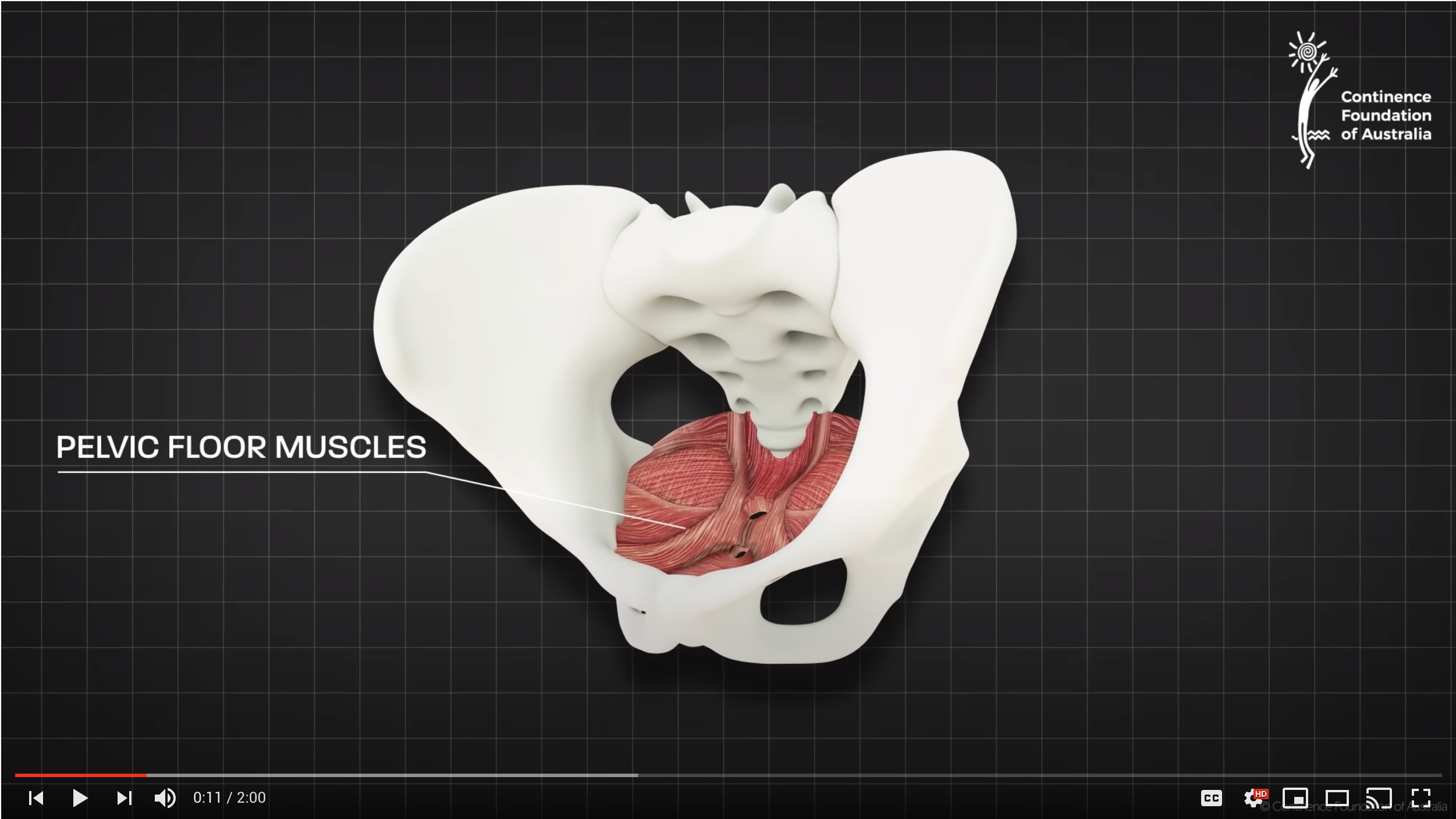Incontinence in women is more common than you might think – and it’s not only experienced by mature-age females. In fact, most women will experience continence issues at some point in their lives, perhaps after childbirth, high impact exercise, menopause, obesity, constipation, or surgery. Continence issues are very common and generally respond really well to physiotherapy treatment. The hardest part can be seeking advice – for many of us, discussing these issues can be confronting and uncomfortable.

How can physiotherapy help?
Following an initial consultation, we can provide you with advice and education and give you some simple exercises to complete at home. You do not need any equipment and they do not take up too much time. During the assessment and as a treatment tool we may utilise real-time ultrasound to assess the pelvic floor. Real-time ultrasound is a non-invasive imaging machine that helps Physiotherapists to effectively assess the activation of the pelvic floor. The use of imaging can help diagnose and provide immediate feedback as to whether the pelvic floor can activate and assess how strong that activation is. We do this using a non-invasive probe across the top of the abdomen which transmits the image of the bladder onto a screen. When the pelvic floor activates, the base of the bladder lifts. We can then observe how effective your pelvic floor contraction is and if necessary, work on improving this using this feedback tool. A full bladder is required for effective feedback.

What is the ‘pelvic floor’?
The pelvic floor is a sling of muscle that runs from the pubic bone at the front around to the coccyx at the back. It acts like a sling or hammock that supports the internal organs. It also acts to support resistance to increased intra-abdominal pressures with actions such as sneezing, coughing, or heavy lifting. As the pelvic floor is a muscle, it can respond well to strengthening exercises. By completing targeted exercises, you can usually see benefits within a short amount of time. Pelvic floor muscles can also become overactive! The pelvic floor not only needs to be able to contract it also needs to be able to relax, enabling good toileting habits.
Below is a great 3D video from the Continence Foundation of Australia of the female pelvic floor muscles, (click on the image to view):
How do you know if you have an issue with your pelvic floor? Can you identify with some of these questions?
Q: Why do I leak a little when I start jumping on the trampoline?

A: the pelvic floor acts like a sling or a hammock that sits at the bottom of the pelvis and makes up part of the core system. It helps to support structures such as the bladder and the bowel. Certain activities such as jumping up and down place considerable forces through the pelvic floor. If there is weakness, perhaps as a result of childbirth, menopause or prolapse then sometimes the force from jumping can be too great leading to a small urinary incontinence event. Although embarrassing this is an all too common issue! The good news is that by doing some simple exercises you can strengthen the pelvic floor muscles, which in turn can help prevent incontinence issues.
Q: Can you strengthen the pelvic floor to improve bladder control?
A: As with all muscles, the pelvic floor can be trained to become stronger. By doing a few simple exercises every day you can work on building strength in these supportive muscles. You don’t need any equipment and you can do them wherever and whenever suits you. Begin by lying in a comfortable position. Imagine lifting the pelvic floor (visualise the pelvic floor to be like a hammock or a sling), Hold this contraction for a few seconds and work up to doing these 10 times. Pelvic floor exercises, when performed correctly have been shown to help reduce the incidence of stress incontinence.
As with all exercises, there is a correct way and an incorrect way of doing these exercises. Make sure you are lifting up and in and not pushing down and out. If you are in doubt – ask!
Q: Is your pelvic floor health affecting your physical activity?
A: Are you feeling strong? You are attending your exercise classes and achieving your recommended daily dose of exercise YET you are avoiding certain exercises like squats, jumps, or high energy / high-intensity workouts due to your pelvic floor letting you down? Being fit, active, strong, and consistent in your exercise sessions does not always equate to having strong pelvic floor muscles! There are many different reasons why you could be leaking during your exercises. Identifying what exercises are particularly troublesome for you and getting some good advice and an exercise program to help address these issues is the starting point for making a change. The pelvic floor is after all a muscle and can be strengthened to help support you during your exercise. Did you also know that the pelvic floor can become overactive? Sometimes you may just need to learn how to relax it!

There are different types of pelvic floor dysfunction and bladder disorders. There may be involvement of the bladder (urinary) and or bowel (faecal), not only does this cause inconvenience in your daily life, it can be life-changing for some.
Some of the issues that can be addressed with physiotherapy are:
- Stress incontinence
- Urge incontinence
- Functional incontinence
- Mixed urinary incontinence
- Overactive bladder
- Pelvic floor dysfunction
Stress Incontinence perhaps being the most common, is the involuntary loss of urine during coughing, laughing, and sneezing and activities such as running and jumping. This usually occurs with an increase in intra-abdominal pressure such that the pressure on the bladder becomes too great leading to an incontinence event.

Strengthening the pelvic floor muscles is the first line of defence in preventing urinary stress incontinence. Simple to do and very effective if performed correctly.
If any of the questions or issues above resonate with you, or for more information about physiotherapy for womens health, contact the clinic for an appointment with our senior physiotherapist Alison Darbyshire. To Book online, simply click here. or call on 6646 3766, we are confident Alison can help you.
Written by: Alison Darbyshire – Senior Physiotherapist.








About The Author: Alison Darbyshire
More posts by Alison Darbyshire